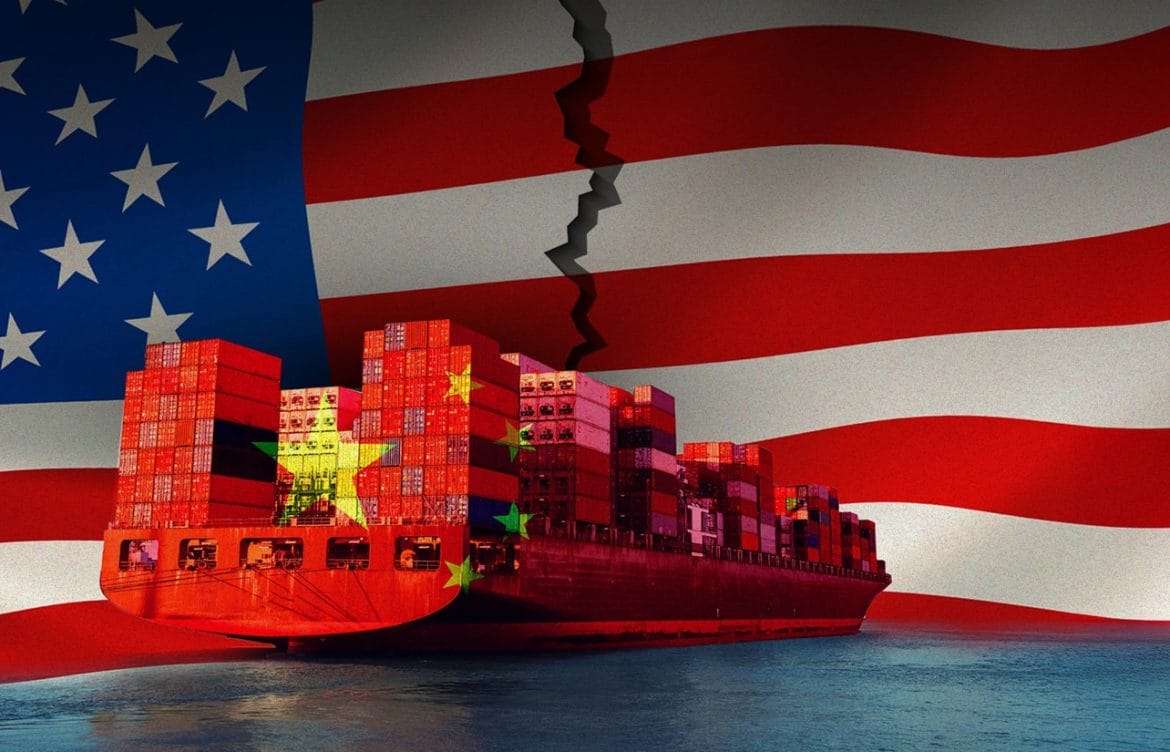
Trump Escalates Trade War: 125% Tariff on Chinese Goods
In a dramatic turn of events, the White House has officially announced an increase in tariffs on Chinese imports—from 104% to a staggering 125%. This comes just days after China revealed its own countermeasures, hiking tariffs on U.S. imports to 84%. The global trade war has entered a new and uncertain phase.
What Happened?
On April 9, 2025, President Donald Trump signed an executive order to increase tariffs on all imports originating from mainland China and Hong Kong to 125%. Simultaneously, he announced a 90-day pause on new tariffs for most other countries, isolating China as the primary target of this aggressive policy shift.
“China has taken advantage of us for decades,” Trump declared. “This ends now.”
The White House emphasized that this move was designed to level the playing field and protect American manufacturing from what it called “unfair trade practices.”
🇨🇳 China’s Immediate Response
China didn’t stay silent. The Chinese government announced a tariff hike of its own, raising duties on American goods from 34% to 84%. In a strong statement, Beijing warned that it would “fight to the end,” signaling no intention of backing down.
Chinese officials are also reportedly considering export controls on critical materials and technologies, tightening regulatory scrutiny on U.S. companies operating in China, and possibly even reducing purchases of U.S. Treasury bonds.
Who’s Affected?
- Small parcel shipments (under $800):
Previously subject to minimal or no duty, these will now face:- 90% duty or $75 per package (May 2–June 1)
- 150 USD per package flat fee (from June 1 onward)
- E-commerce platforms like Temu, Shein, AliExpress:
Their cost advantage in the U.S. market could be severely reduced. - Buyers & sellers in the U.S. and China:
Businesses must rethink sourcing, shipping terms (DDP/DDU), and pricing. - Freight & logistics providers:
Must adapt to new compliance rules and help clients manage increased costs.
Market Shock — and Rebound?
The announcement rattled global markets at first. However, news of a 90-day tariff pause for other countries triggered a rebound in U.S. stock markets. The S&P 500 rose 5.6%, while the NASDAQ surged over 8%, its biggest one-day gain since WWII.
Still, economists warn that a prolonged trade war could lead to:
- Fragmented global supply chains
- Reduced investor confidence
- Slower global economic growth
The Bigger Picture
This isn’t just a battle over cheap goods. It’s about technological leadership, industrial dominance, and control of critical supply chains. China no longer wants to be the world’s toy factory—it’s aiming to lead in EVs, AI, semiconductors, and clean energy.
That’s what the U.S. is truly worried about.
Final Thoughts
The message from Washington is loud and clear: the era of passive globalization is over. The new playbook involves tariffs, controls, and strategic decoupling. As a business owner, importer, or logistics provider, adapting quickly and smartly will be the key to staying competitive.
Need help navigating new tariff rules or optimizing your China-to-USA shipping? Feel free to reach out—this is a critical moment to review your trade strategies.
